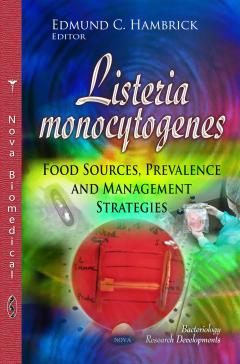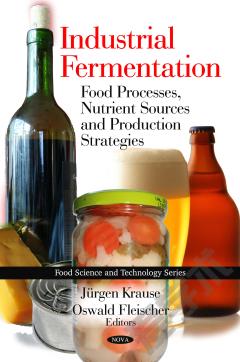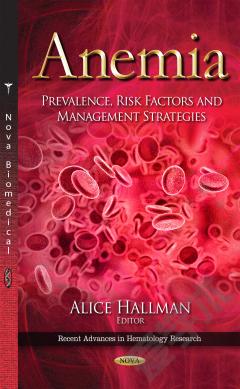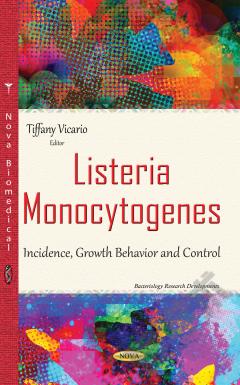Listeria monocytogenes: Food Sources, Prevalence and Management Strategies
Listeria monocytogenes has emerged as one of the major foodborne pathogens, characterized by high hospitalization and case fatality rates in humans. In this book the authors present current research in the study of this foodborne pathogen. Topics discussed include the natural approaches for controlling L. monocytogenes; L. monocytogenes in ready-to-eat foods and intervention strategies; carbohydrate utilization by L. monocytogenes and its influence on virulence gene expression; ozone and atmospheric cold plasma for control of L. monocytogenes; the potential of visible light as a means of controlling L. monocytogenes in the food chain; spatial distribution of L. monocytogenes and pseudomonas fluorescens in mixed biofilms; the main hygienic aspects of the processing and marketing of L. monocytogenes and Salmosalar; detection of L. monocytogenes and Listeria spp. in food and feed products; prevalence and control of L. monocytogenes in food processing environments; antimicrobial resistance, and growth kinetics of L. monocytogenes in ready-to-eat foods; novel technologies for controlling L. monocytogenes in ready-to-eat foods; the effect of soil abiotic and biotic factors on the preservation and reproduction of L. monocytogenes; the structure and function of the pathogen; and the prevalence of L. monocytogenes and occurrence of Listeriosis from ready-to-eat fresh fruits and vegetables.
{{comment.content}}








 京公网安备 11010802027623号
京公网安备 11010802027623号